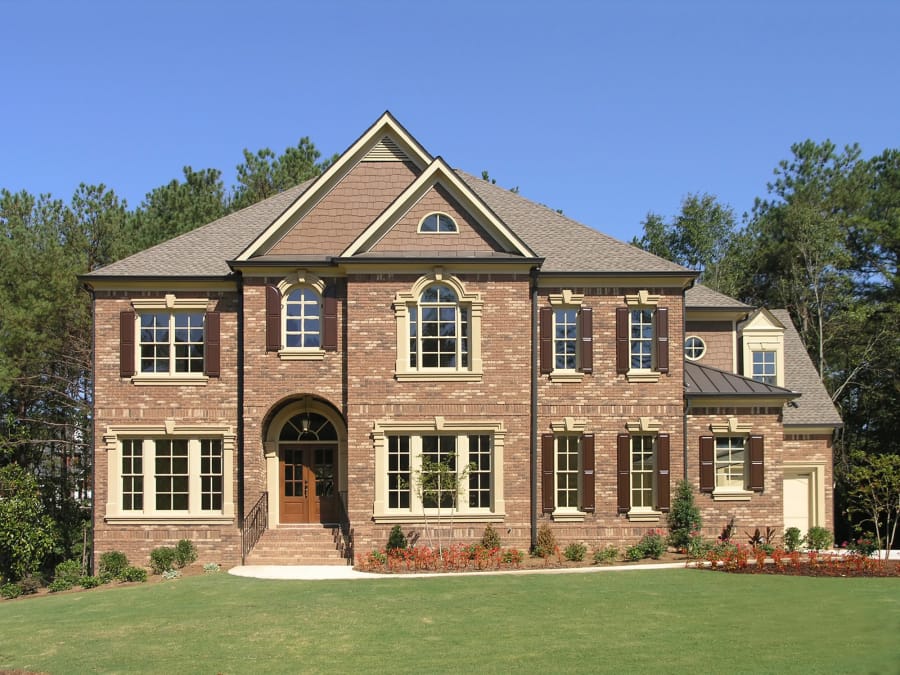SEATTLE — You’ve probably watched it happen in your Seattle neighborhood — workers demolish a modest bungalow with a garden, then cram the lot with a bulky new house shaped like a box.
City Councilmember Mike O’Brien has seen it, and he wants to stop it from happening so often. His proposed “McMansion” ban would outlaw the type of large new homes that many neighbors abhor.
The council member is championing legislation that would ease restrictions on backyard cottages and parent-in-law apartments while at the same time tightening restrictions on large, detached single-family houses.
In theory, the proposal would encourage property owners to build new houses with accessory units, add accessory units to existing homes or just do nothing. At the same time, the large-house ban would take away a popular home-building option.
O’Brien’s proposed limit would have blocked almost half the new single-family houses constructed in Seattle since 2010, had it been on the books.
“With most new houses, especially those built speculatively to sell on the market, the trend has been to build as big as you can,” said Boyd Pickrell, an architect with the Seattle-based development company Green Canopy.
O’Brien has described backyard cottages and basement apartments as a gentle way to add density as Seattle’s population grows, knowing he can count on urbanists as cheerleaders. By taking aim at McMansions, he hopes to also win support from residents grumpy about development.
“You see people who tear down a house and build a larger house that may be out of scale and that doesn’t add any housing,” the council member said. “They’re replacing a less-expensive housing unit with a more-expensive housing unit. That’s taking us in the wrong direction.”
The changes related to accessory units have been in the works for years and have received intense scrutiny. Earlier this month, Seattle beat a legal challenge brought by a neighborhood group with concerns about O’Brien’s push to allow more cottages on more lots across the city while removing requirements for off-street parking and for property owners to live on site.
But the council member’s plan to limit large houses has received less attention. That could change in the coming weeks, because the McMansion ban would dramatically alter Seattle’s home-building rules and could help determine what the city’s neighborhoods look like decades from now.
Under O’Brien’s legislation, the city would adopt a maximum Floor Area Ratio (FAR) of 0.5 for new houses on most lots. For example, a new house on a 5,000-square-foot lot could have no more than 2,500 square feet of above-ground living space for a single family (not including accessory-unit space). A new house on a 6,000-square-foot lot could have no more than 3,000 square feet of single-family space, and a house on a 7,000-square-foot lot could have no more than 3,500 square feet.
For new houses on lots smaller than 5,000 square feet, there would be a cap of 2,500 square feet, rather than an FAR limit.
Some 9.5 percent of Seattle’s existing single-family houses would have been blocked had O’Brien’s proposal been in place when they were built.
But 47 percent of new houses built in the city since 2010 (1,753 of 3,694) would have been blocked, according to data requested by The Seattle Times.
Some are actual mansions on sprawling lots, while others are somewhat large homes on small lots. None would have been allowed under O’Brien’s plan.



